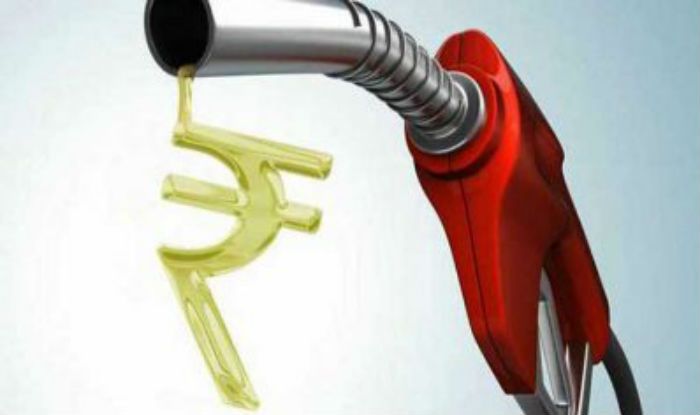Diesel prices have outstripped petrol prices in major metros of the country. In Odisha also, diesel is costlier than petrol – a never seen before scenario. Over last few days, state-run oil marketing companies have hiked diesel rates even as petrol prices remained more or less steady. The runaway rise in diesel price has squeezed its demand. State-owned refiners, who between them own over 90 per cent of the country’s fuel outlets, reported a drop in sales in the first half of July from the same period last month. Gradual shrinking of economic activities and renewed lockdowns in parts of the country have put paid to the demand for diesel – a major transport oil. The demand for diesel, which accounts for two-fifths of the overall refined fuel sales in India, has fallen by 18 per cent to 2.2 million tonnes in the first half of July from the same period in June and by about 21 per cent from a year earlier. Consumer sentiments are subdued. In an atmosphere of uncertainty triggered by the pandemic and massive job cuts and loss in wages, people think twice before taking out their four-wheelers. Spiraling fuel rates over last one month have further dampened the public spirit. The spike in rates is playing negatively on the minds of people who are shying away from buying new cars. The impact is much harsher on the two-wheeler front where fuel price is very sensitive and determines the footfalls in outlets. The price jab by the state-owned oil firms has worsened the already sluggish automobile markets in the country. Consumption of petrol in financial year 2020 dropped to 6 per cent from a double-digit growth over the last four-five years. Similarly, diesel usage came down by over one per cent in FY20 against a three per cent rise last year. With the number of Covid-19 infections galloping with every passing day, the government seems readying to further extend the lockdown. In the current scheme of things, the situations look extremely precarious until we have a vaccine.
Lower demand for fuel bodes ill not only for the automobile sector, but for the entire economy. The government makes tall claims about its intentions to do everything possible to kick-start the economy. It took a few major economic steps to provide grist to the economic revival. The Reserve Bank of India on its part has also played ball with the Centre. The central bank has taken a lot of initiatives to cushion the financial hardship on consumers. However, the obstinate stance of the government with regard to fuel prices has torpedoed all these measures. One hand of the government is negating the possible gains that the other hand may be achieving. A bulk of the pump price of fuels comprises taxes. Centre and state levies make up 66 per cent of cost of fuel. The balance 34 per cent comprises basic fuel including refining and its freight cost including the dealer margins. From this it is evident that two thirds of the value of fuel goes towards the state and Centre’s exchequers – making Indian retail prices among the highest in Asia and almost double that in Pakistan. Therefore, this is the government, both the Centre and the state government, should explore if there is any headroom available to cushion the fuel rates. Let alone thinking about a solution, the government allows oil companies to go on jacking up the prices. There has been a five-fold increase in taxes since 2014 when Narendra Modi became Prime Minister. A soft fuel regime will have a domino effect on the economy. The government should shun obduracy. In the stressed times like now, with India’s economy facing the biggest contraction in four decades, this is the least that the government is expected to do.
